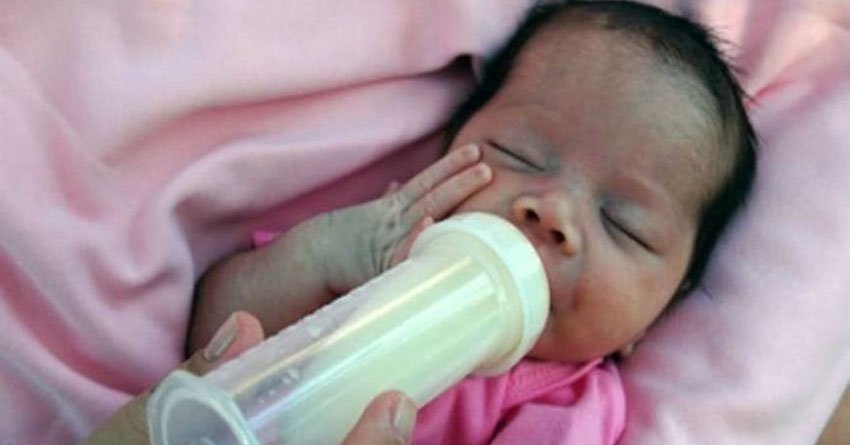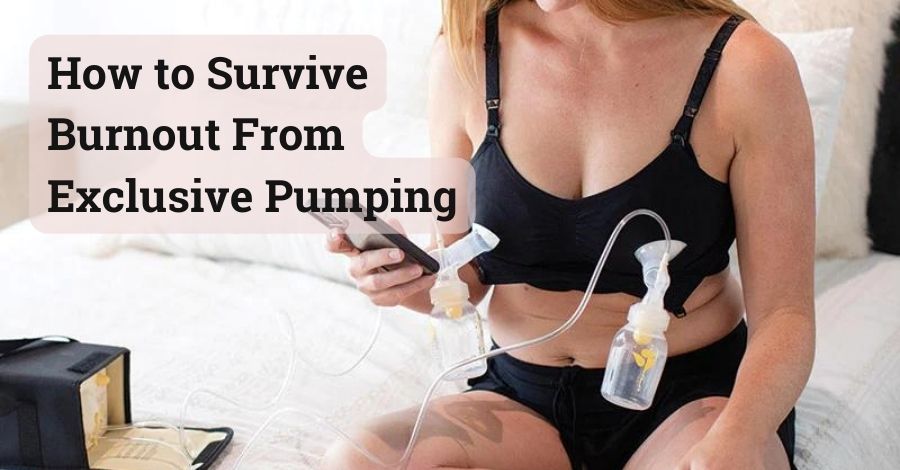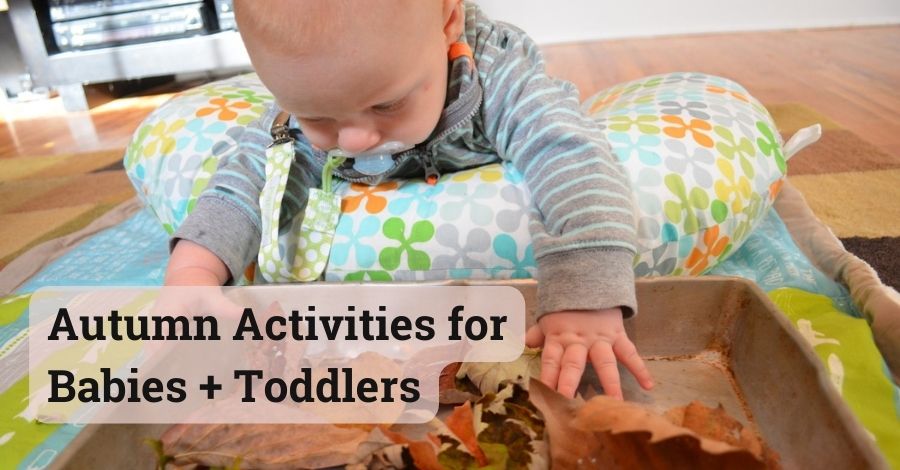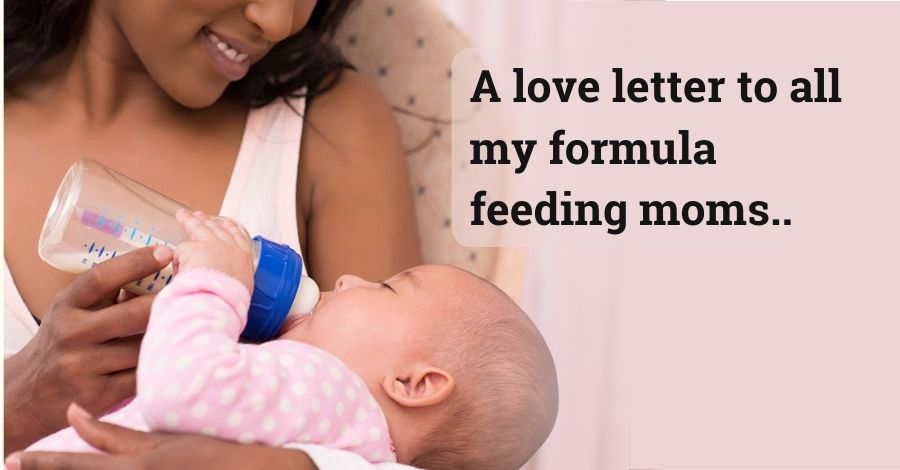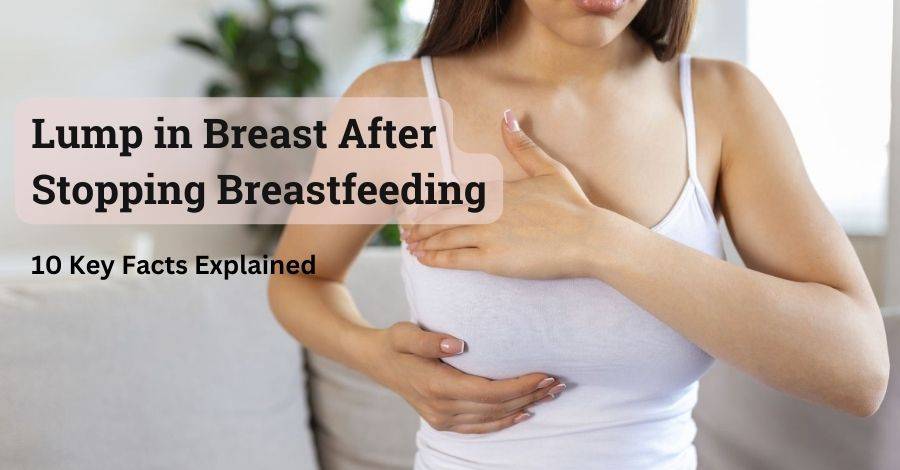
Key Points
- The article explains that a lump in breast after stopping breastfeeding can be alarming but is often benign.
- Causes include blocked ducts, cysts, fibroadenomas, mastitis, and engorgement.Home remedies include warm compresses, massage, and expressing milk.
- Medical attention is needed for persistent, growing, or painful lumps, or if symptoms like redness, fever, or nipple discharge occur.
- Continuing breastfeeding with a lump is usually safe but consult a doctor if there’s significant pain or infection.
Discovering a lump in your breast can be unsettling, especially after the rollercoaster of emotions and changes that come with breastfeeding. While lumps are a common occurrence, it’s natural to worry. The good news is, there are many reasons why you might feel a lump after weaning your baby, and most are not cause for serious concern.
This article will explore the different causes of lumps after breastfeeding, how to identify them, and when to seek medical advice. We’ll also discuss treatment options and tips for managing discomfort at home.
What is My Breast Lump if It’s Not Cancer?
Finding a lump in your breast can be frightening, but it’s important to remember that most breast lump doesn’t necessarily mean cancer. Especially in women who have recently stopped breastfeeding. Here are some common non-cancerous causes of breast lumps:
- Cysts: Fluid-filled sacs that can develop in the breast tissue.
- Fibroadenomas: Solid, non-cancerous tumors that are common in younger women.
- Galactoceles: Milk-filled cysts that occur when milk is trapped in a duct.
- Mastitis: Inflammation of breast tissue, often caused by an infection.
- Abscess: A collection of pus that can form in the breast due to infection.
Understanding these benign causes can help alleviate some of the anxiety associated with discovering a lump.
Common Causes of Lump in Breast After Stopping Breastfeeding
Several factors can contribute to lumps after breastfeeding. Here’s a breakdown of the most common causes:
1. Blocked Milk Ducts
After breastfeeding ends, some women may experience blocked milk ducts. These ducts can become clogged due to leftover milk that wasn’t fully expressed. This condition can lead to the formation of a lump.
General Causes:
- Changes in feeding schedule,
- sudden weaning,
- wearing tight bras or clothing,
- skipped feedings
- insufficient milk drainage.
Symptoms:
- A tender lump that can range from the size of a pea to a peach
- A small white blister on the nipple
- Sensitive breasts
- Possible pain when touched
Treatment:
- Apply warm compresses to the affected area to help open the duct.
- Massage the lump gently to help clear the blockage.
- Ensure to wear loose clothing to avoid putting pressure on the breasts.
If the blocked duct does not resolve with home treatment, it is important to consult a healthcare provider.
2. Mastitis
Mastitis is an infection of the breast tissue that can develop if a blocked duct is not treated. It can also occur due to bacteria entering the breast through a cracked nipple.
General Causes:
- Blocked ducts,
- bacteria entering through cracked nipples,
- prolonged or untreated engorgement.
Symptoms:
- Swollen, red, and tender breasts
- Fever and flu-like symptoms
- Painful lumps
Treatment:
- Antibiotics prescribed by a doctor are usually necessary.
- Rest and hydration are crucial.
- Continue to express milk to prevent further blockage.
3. Engorgement
Engorgement can occur when the breasts become overly full. This can happen if breastfeeding is stopped abruptly, causing milk to build up in the breasts.
General Causes:
- Infrequent feeding,
- Sudden decrease in breastfeeding frequency
- missed feeds,
- abrupt weaning.
Symptoms:
- Tight, shiny skin on the breasts
- Hard, painful breasts
- Flattened nipples
- Low-grade fever
Treatment:
- Use warm compresses or take warm showers to relieve pain and facilitate milk flow.
- Express milk manually or use a breast pump to reduce pressure.
- Wear a supportive but not tight bra.
4. Involution
Involution is the fancy term for the process your breasts go through after weaning.
Symptoms:
- Involution involves a decrease in milk production and a return to their pre-pregnant size and shape.
- During this time, you might feel lumps as your breast tissue adjusts.
- These lumps are usually temporary and shouldn’t be painful.
- And that should disappear within a few weeks.
Treatment:
- No specific treatment is needed for involution lumps.
- They typically disappear on their own within a few weeks or months.
- Using supportive measures like wearing a comfortable bra can help manage any discomfort.
5. Fibrocystic Changes
These are noncancerous changes in breast tissue that can cause lumps, tenderness, and breast pain, especially before your period. Fibrocystic Changes are more common during your childbearing years but can also occur after stopping breastfeeding.
Treatment:
- Hormonal changes often play a role in fibrocystic changes.
- Maintaining a healthy weight, reducing stress.
- Limiting caffeine intake can sometimes help manage symptoms.
- Your doctor might recommend birth control pills to regulate hormones.
6. Cyst (Galactoceles)
Cysts are fluid-filled sacs that can develop in the breast. A type of cyst called a galactocele, which is filled with milk, may appear after breastfeeding ends.
General Causes:
- Blocked milk duct
- changes in milk flow after weaning.
Symptoms of cysts:
- Smooth, round lumps that are usually not painful
- Milk may be expressed from the cyst when massaged
Treatment:
- Cysts often resolve on their own.
- A doctor can aspirate the cyst if it causes discomfort.
7. Swollen Lymph Nodes
Breast tissue extends into the armpit area, where lymph nodes are located. Swollen lymph nodes can occur due to an infection or inflammation in the breast.
Symptoms of swollen lymph nodes:
- Tender lumps under the arms
- General discomfort
Treatment:
- See a doctor for a proper diagnosis.
- Antibiotics may be needed if an infection is present.
8. Breast Cancer
While rare, breast cancer can present as a lump in the breast. It’s important to be vigilant about any new or unusual lumps and report them to a healthcare provider.
Symptoms of breast cancer:
- Persistent lumps that don’t go away
- Nipple discharge not related to breastfeeding
- Skin changes on the breast such as redness or dimpling
- Persistent breast pain
Treatment:
- Early detection is key; see a doctor for evaluation.
- Imaging tests like mammograms or ultrasounds may be necessary.
Less Common Causes of Lumps
While less frequent, other factors can contribute to lumps after breastfeeding. These include:
9. Abscess
An abscess is a collection of pus that can develop if mastitis or severe engorgement is not treated promptly. It is a painful, swollen lump that requires immediate medical attention.
General Causes:
- Untreated mastitis
- severe engorgement can lead to abscess formation.
Symptoms of an abscess:
- Pus-filled lump in the breast
- Red, hot skin around the lump
- Fever and flu-like symptoms
Treatment:
- Medical drainage of the abscess is often required.
- Antibiotics may be prescribed.
- Avoid self-treatment; consult a healthcare provider immediately.
10. Lipoma
A lipoma is a slow-growing, fatty tumor that feels soft and doughy to the touch. Lipomas are benign and typically painless.
Identifying the Lump and Its Cause
While a self-exam can’t definitively diagnose the cause of a lump, it’s a good way to stay familiar with your breasts and identify any changes. Here’s how to perform a breast self-exam after stopping breastfeeding:
Look: Stand in front of a mirror with your shoulders relaxed and arms raised overhead. Look for any changes in the size, shape, or contour of your breasts.
Feel: While lying down, place your right hand behind your head and use the fingertips of your left hand to feel your right breast in a circular motion. Be sure to examine all areas, including the armpit and chest wall. Repeat on the left side.
Here’s a table to help you differentiate between some common causes based on their characteristics:

Remember: This table is a general guide. If you’re unsure about the cause of your lump or have any concerning symptoms, see your doctor.
Home Remedies for Managing Discomfort
Here are some tips to help manage discomfort associated with lumps after stopping breastfeeding:
Cold Packs: After expressing milk or breastfeeding, apply cold packs to the breast to reduce swelling and pain.
Warm Compresses: Apply a warm compress to the affected area for 15-20 minutes at a time, several times a day. This can help ease pain and inflammation.
Pain Relievers: Over-the-counter pain relievers like ibuprofen or acetaminophen can help manage discomfort associated with engorgement, blocked ducts, or fibrocystic changes.
Supportive Bra: Wearing a well-fitting, supportive bra that doesn’t put pressure on your breasts and reduce breast engorgement.
Gentle Massage: Gently massaging your breasts the lumpy area towards your nipple in a circular motion, before feeding or expressing milk. This can help unclog blocked ducts. Avoid forceful massage, which can irritate the tissue.
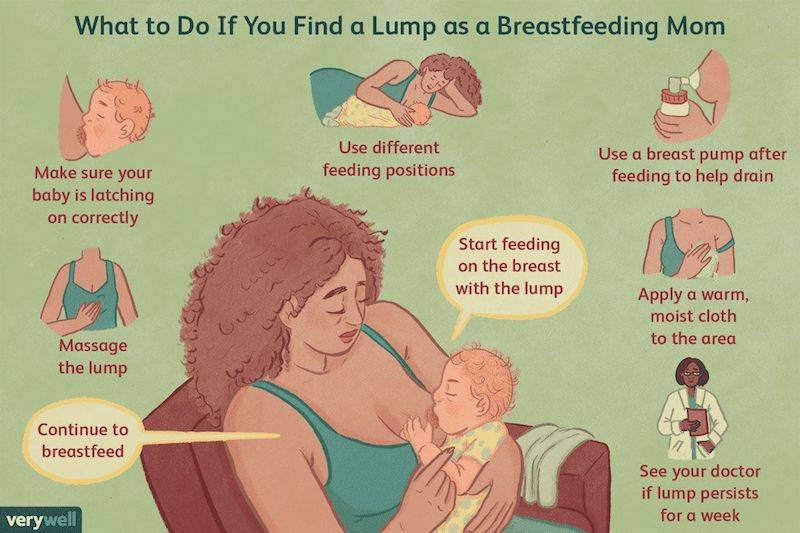
Remember: These tips are for managing discomfort, not treating the underlying cause. If you have any concerns, always see your doctor. Always consult your doctor before starting any new medications or supplements while breastfeeding or after weaning.
When to See a Doctor
Most lumps that appear after stopping breastfeeding are harmless and go away on their own within a few weeks or months. However, it’s important to see your doctor if you experience any of the following:
- The lump doesn’t go away after a few weeks, even with home remedies.
- The lump is growing or changing rapidly in size.
- The lump feels hard, fixed (doesn’t move easily), and painless (especially concerning, may indicate a cyst).
- You experience redness, swelling, or warmth around the lump.
- You have a fever or flu-like symptoms.
- You notice any dimpling, puckering, or scaling of the breast skin.
- You have nipple discharge (other than breast milk).
- You have any persistent pain or discomfort in your breast, Especially if it’s new or worsening and that doesn’t improve with home remedies.
Early detection is crucial for any potential underlying concerns. Your doctor will perform a breast exam and may recommend additional tests like an ultrasound or mammogram to diagnose the cause of the lump.
Can I Continue Breastfeeding with a Lump?
If you discover a lump while still breastfeeding, you might wonder if you can continue nursing. In most cases, continuing to breastfeed is beneficial and reduce the risk of further complications. But there are a few things to keep in mind:
Location: If the lump is near your nipple and causing discomfort during feeding, you might need to adjust your nursing position or try feeding from the unaffected breast first.
Pain: If the lump is painful, breastfeeding might exacerbate the discomfort. Discuss pain management options with your doctor to see if there’s a way to continue breastfeeding comfortably.
Infection: If you suspect an infection (signs include redness, warmth, and fever), stop breastfeeding immediately and seek medical attention.
However, if the lump is causing significant pain or if you suspect an infection, it’s best to consult a healthcare provider. They can provide guidance on whether to continue breastfeeding or take other measures.
Final Thoughts
Discovering a lump in your breast after stopping breastfeeding can be concerning, but understanding the common causes and appropriate actions can help you manage this issue effectively. Most lumps are benign and can be treated with home remedies or by making adjustments to your breastfeeding routine. However, persistent or painful lumps should be evaluated by a healthcare provider to rule out any serious conditions.
By staying informed and proactive about breast health, you can navigate the post-breastfeeding phase with confidence and peace of mind. Remember, your healthcare provider is always there to support you, so don’t hesitate to seek their advice if you have any concerns. Happy weaning and take care of yourself during this transition!
References
- What Causes Lumps in Breasts of Breastfeeding Women? – https://www.healthline.com/health/breastfeeding-lump#1
- Weaning: stopping breastfeeding – https://raisingchildren.net.au/babies/breastfeeding-bottle-feeding-solids/weaning/weaning#
- Breast Problems After Breastfeeding – https://www.webmd.com/parenting/baby/after-nursing
- Breast Changes After Breastfeeding – https://www.whattoexpect.com/first-year/breastfeeding/breasts-after-breastfeeding/

Hi, I’m Lindley! I’m a stay-at-home-mom sharing all of the tips and tricks I learn throughout my motherhood journey. I’m now navigating through wife life and being a mom while blogging my crazy adventures. I’m so glad to have you along for the ride!
